By William E. Welsh, Art by Don Troiani
After nearly 150 years of service to the British crown, the Royal Marines had upwards of 31,000 marines worldwide at the time of the War of 1812, which constituted about 13 percent of the 240,000 British troops under arms around the globe at that time. Their duties included shipboard security, naval gunnery, and amphibious assault.
They participated in small numbers in the Chesapeake Campaign of 1814 and the Gulf Campaign of 1814-1815. Additionally, they raided along the Eastern Seaboard throughout the conflict, and also trained and assisted Great Britain’s Native American allies.
Headgear: The black, lacquered felt, round hat was seven inches tall. It featured at the top, on the left side, a small white feather and a black cockade at the base.
Firearm: The Marines carried the sea-service version of the .75 caliber, smoothbore India Pattern “Brown Bess” flintlock musket with an iron socket bayonet. Introduced in 1780, it had a shorter, 39-inch barrel and simpler brass furniture and could be fired four times per minute.
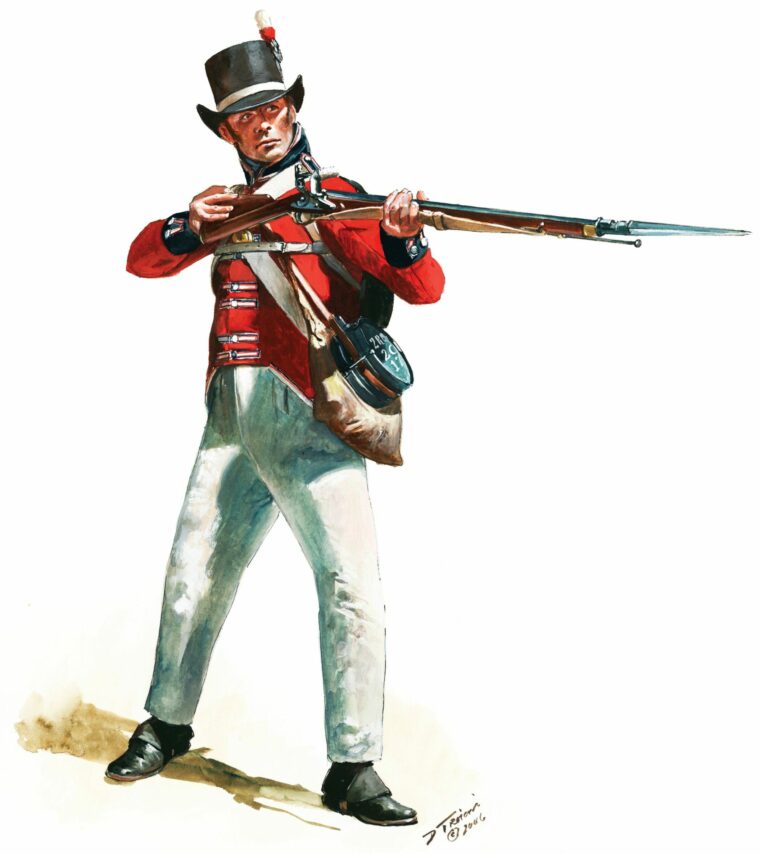
Cartridge Box (Not Shown): The British introduced in 1808 a 60-round pouch that carried the cartridges in a tin tray that was slung on a buff leather strap over the left shoulder with the pouch falling behind the right hip.
Uniform: Royal Marines wore a tightly fitting scarlet coatee with black cuffs and white wool or linen breeches. Across the front of the coatee, either evenly or in pairs, were sewn worsted white tape. Pewter buttons featured regimental numbers and designs.
Canteen: Worn with a leather strap, the standard issue canteen was a flat, wooden barrel four inches deep and seven inches across.
Haversack: The bag, which was made of light canvas or unbleached linen, was designed to carry three days of rations and worn with a two-inch strap.
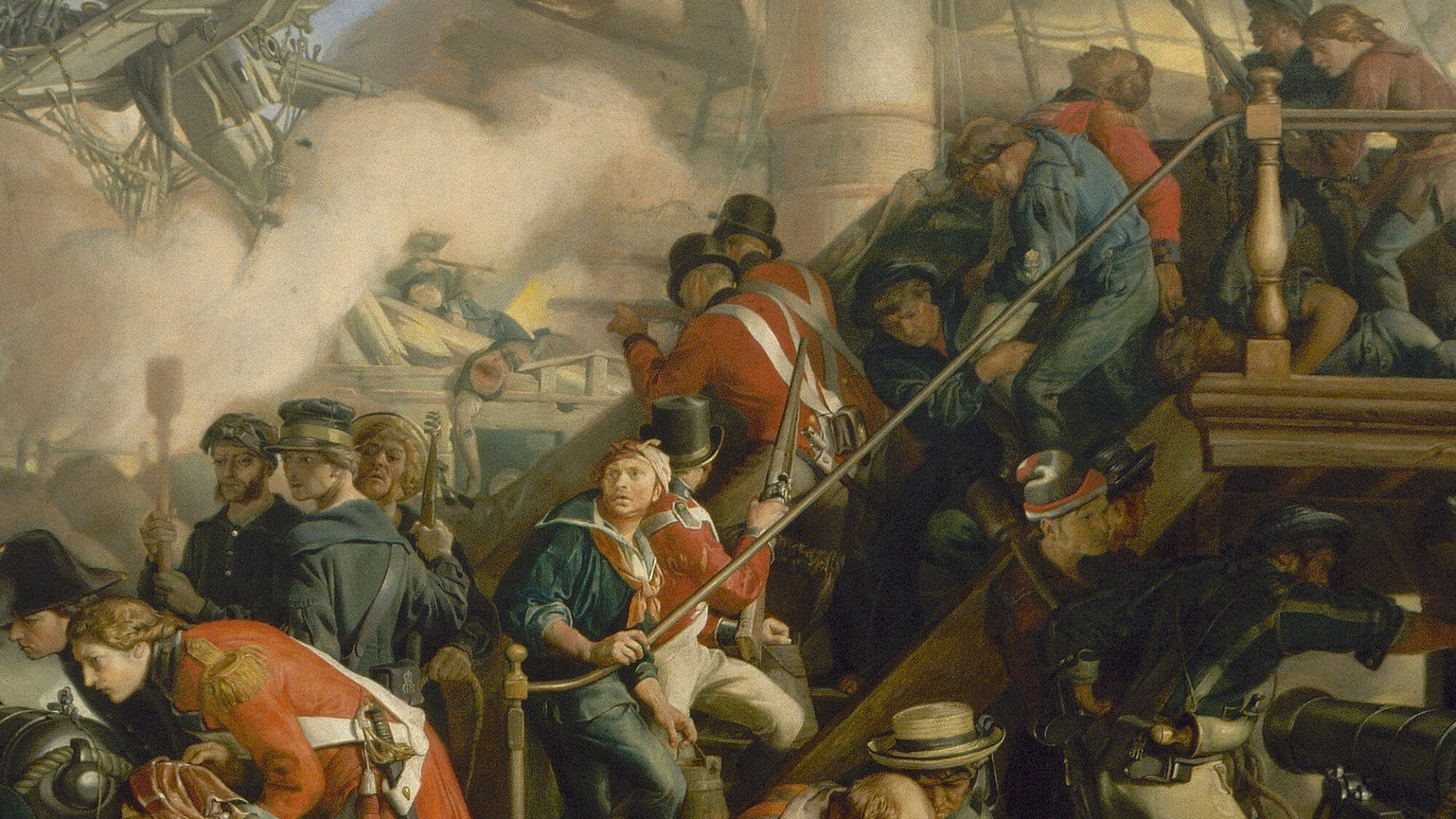
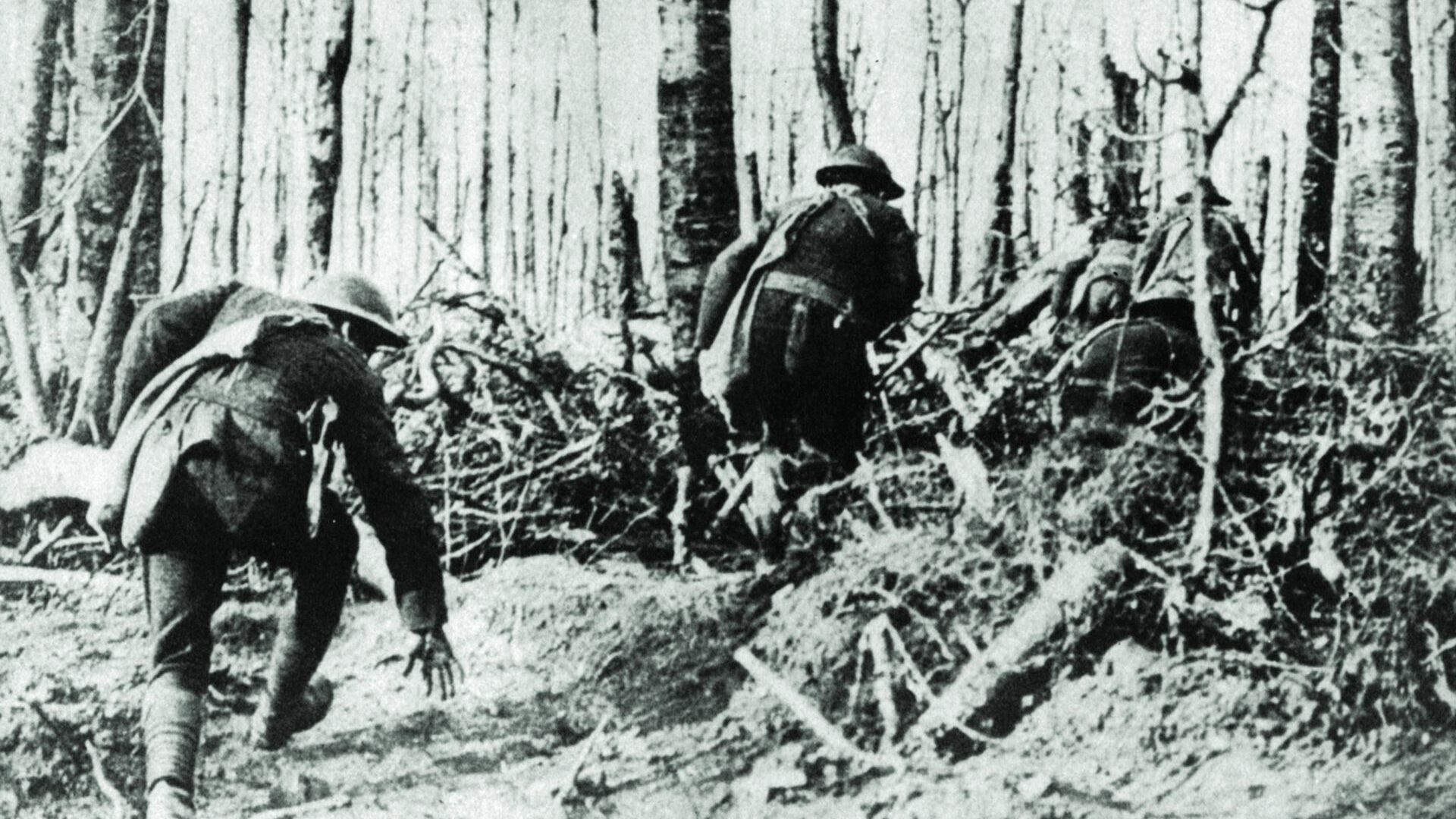
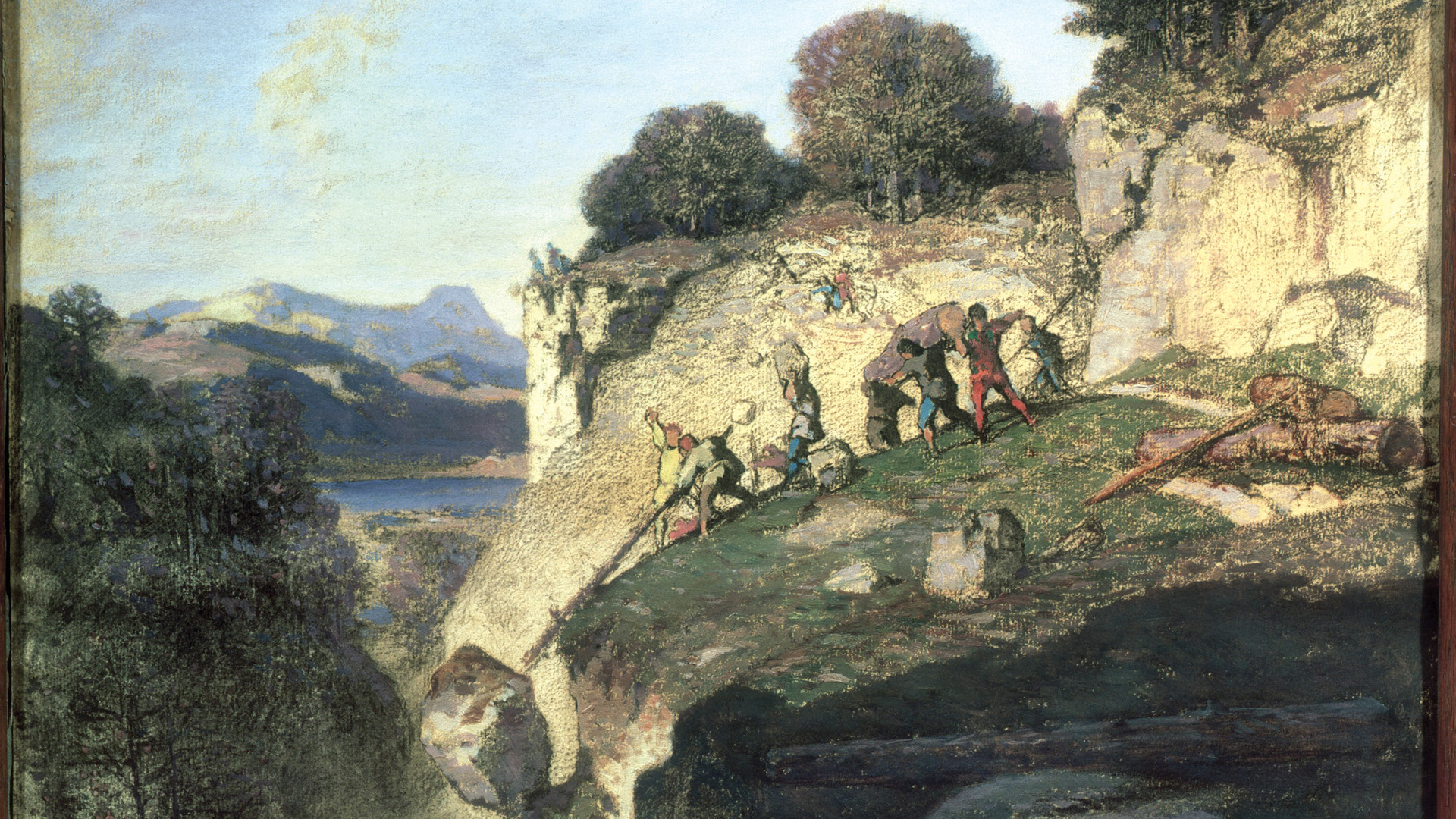
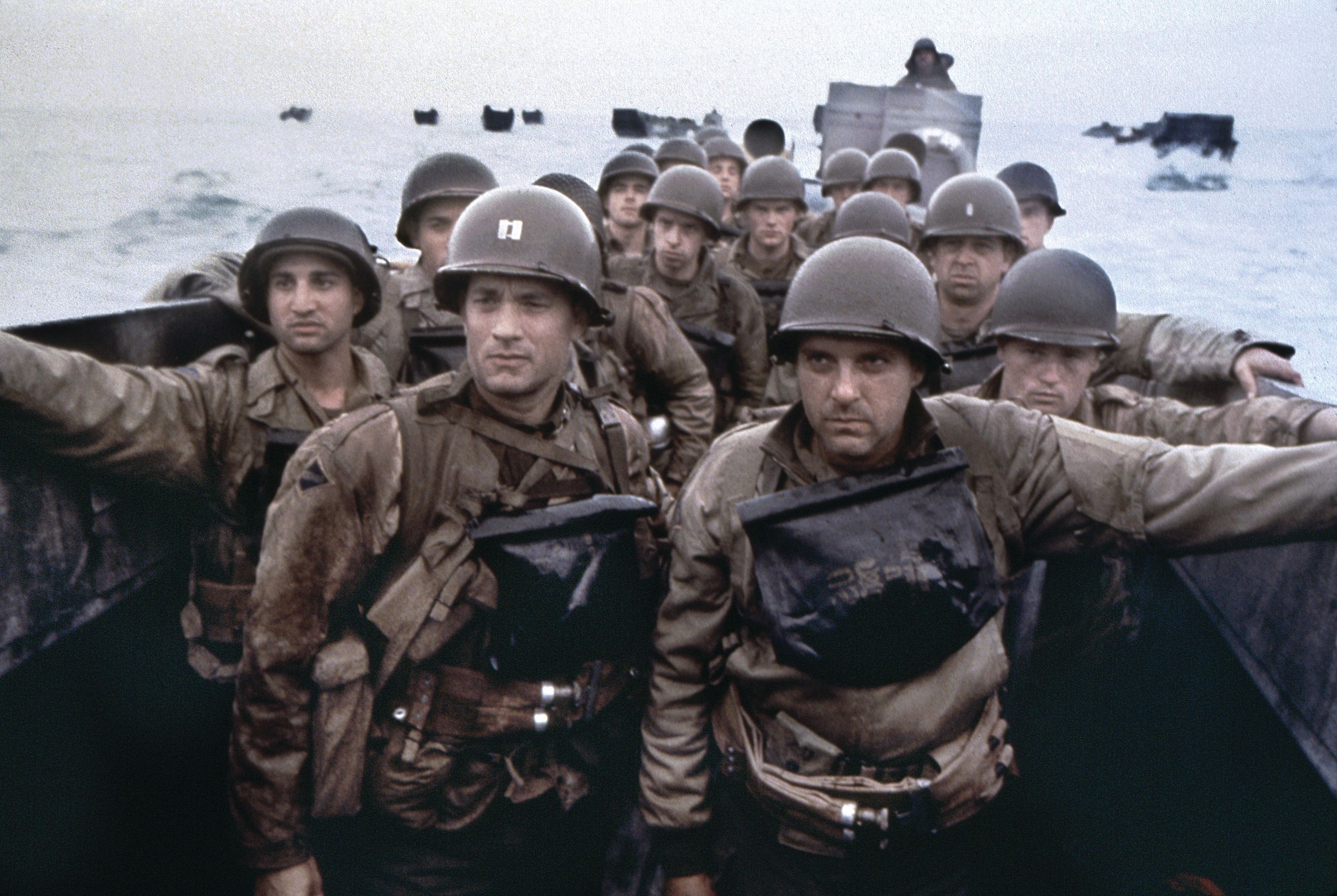
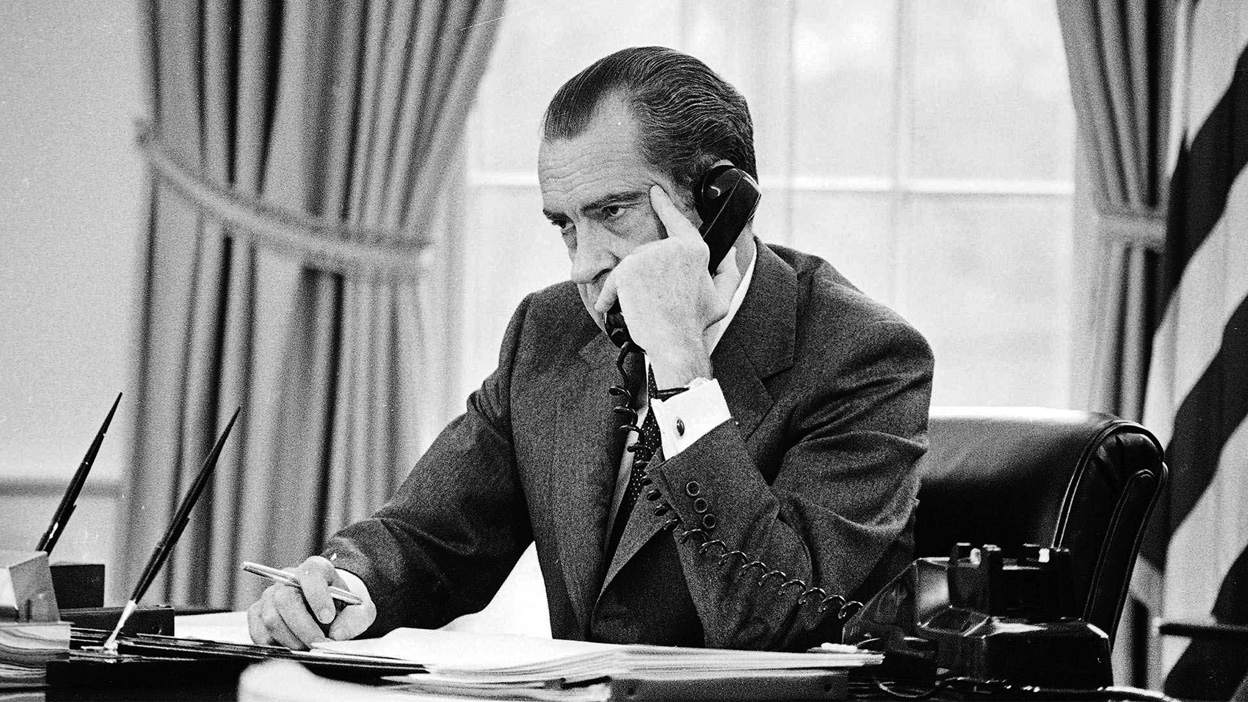
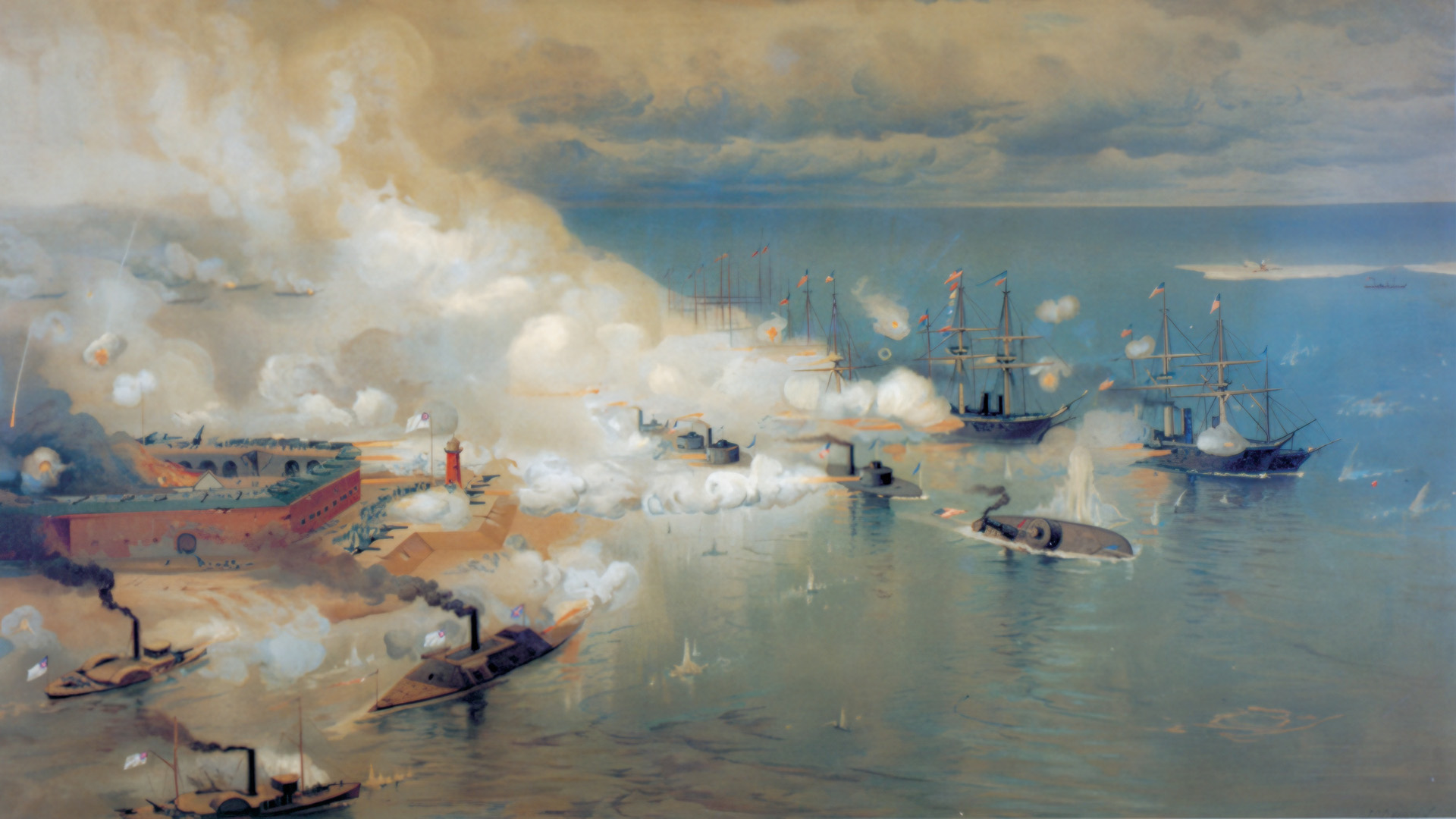
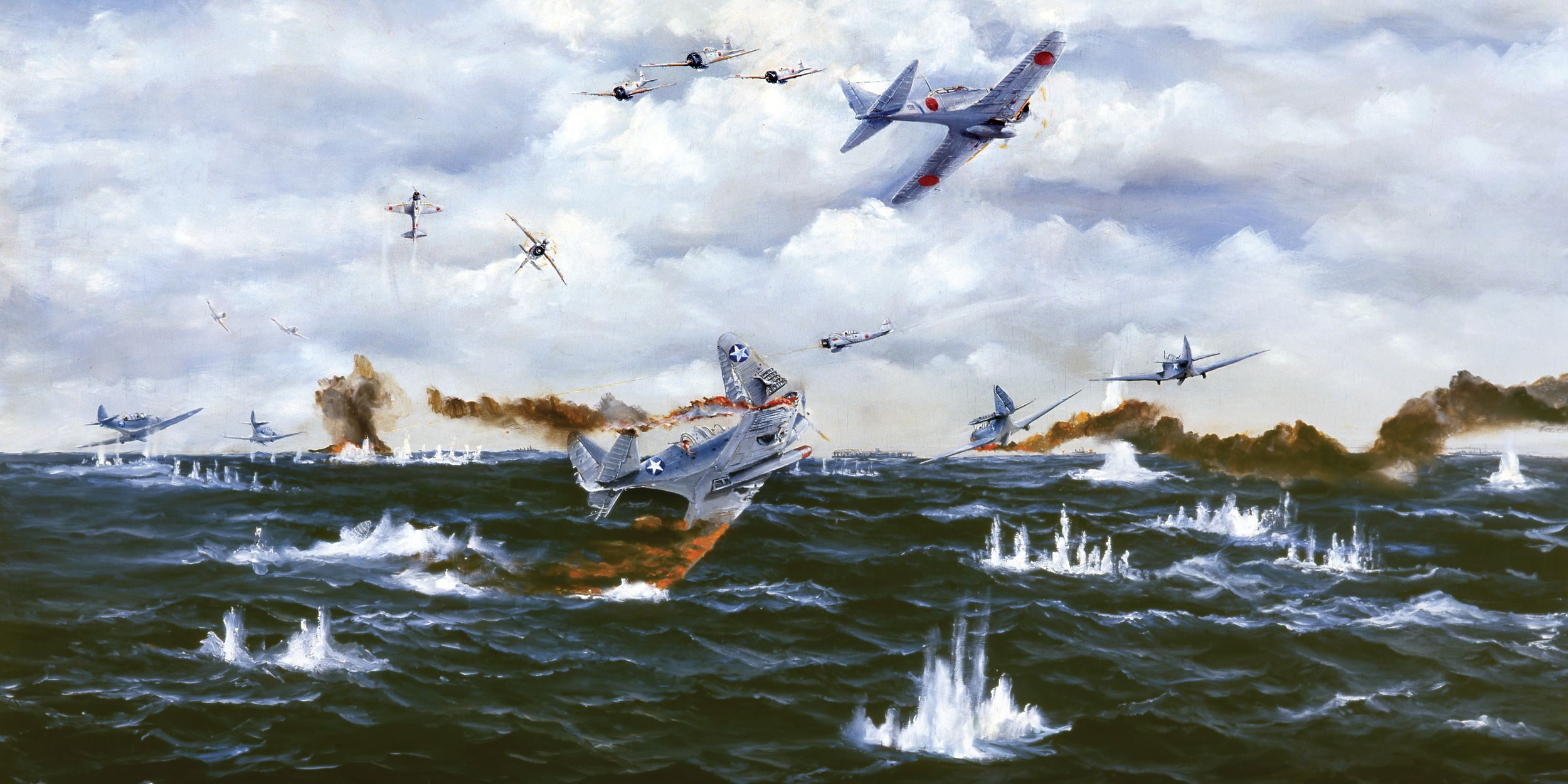
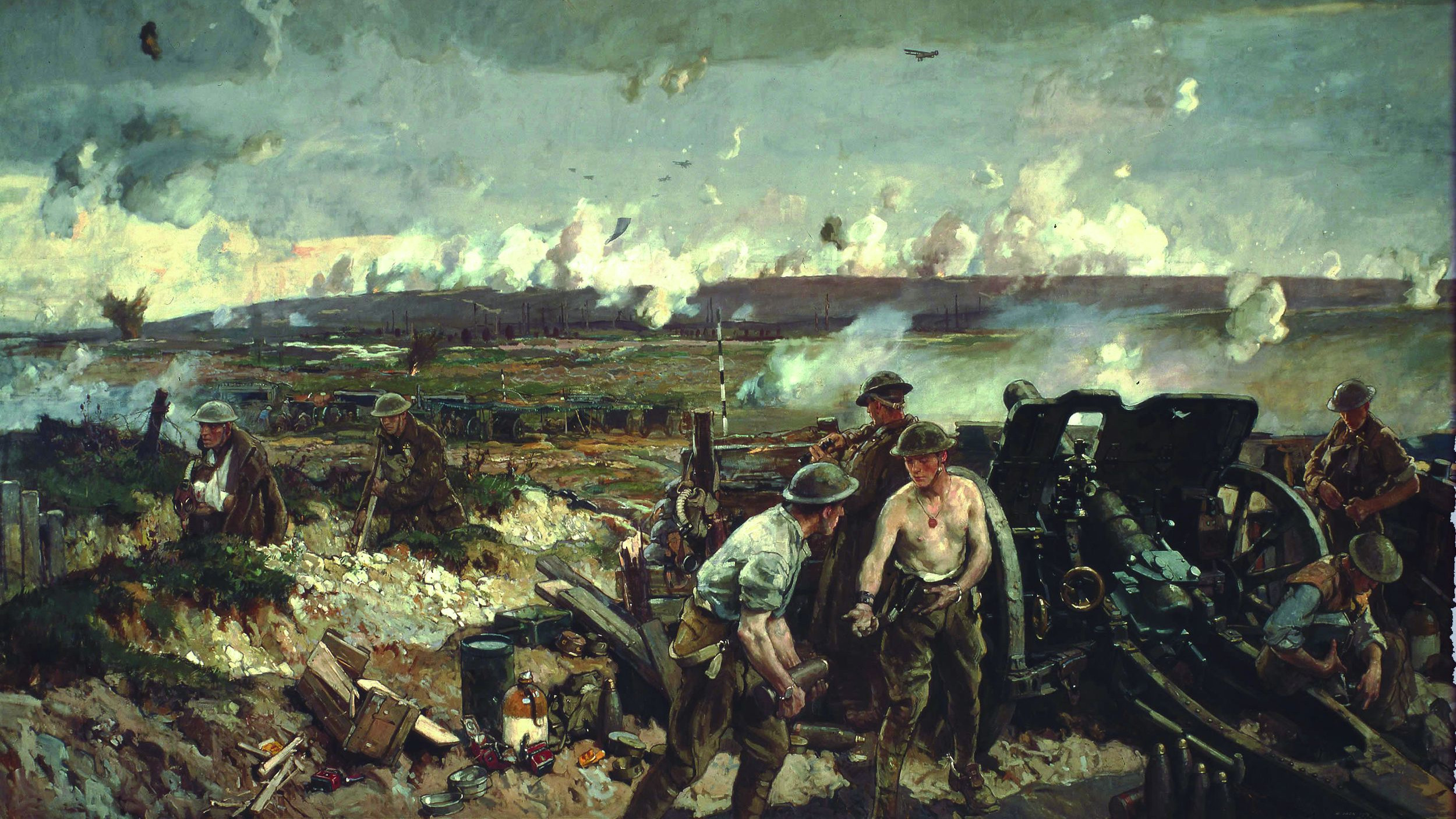
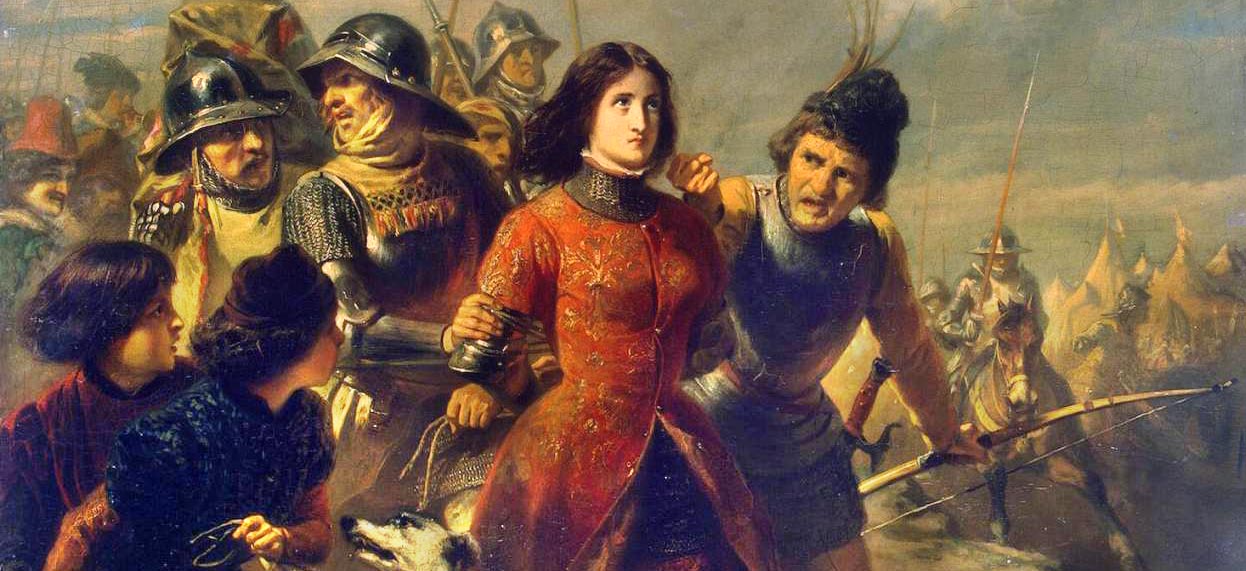
no comment